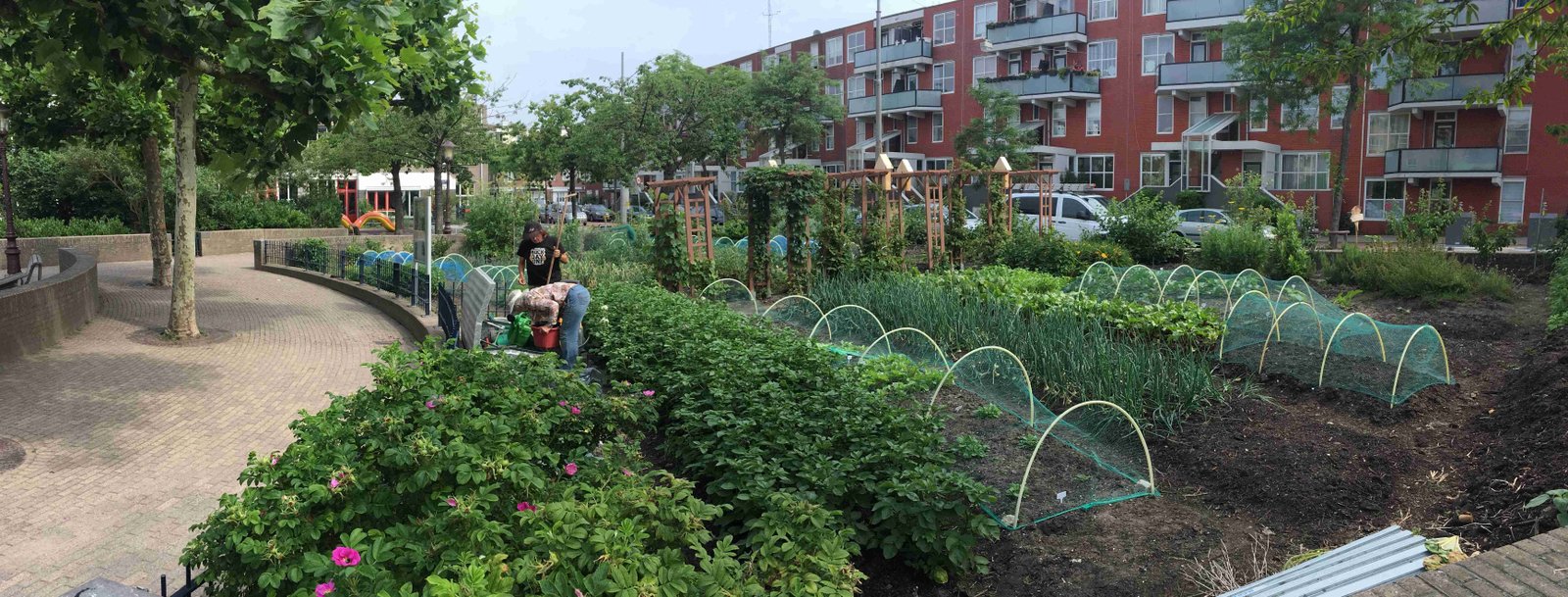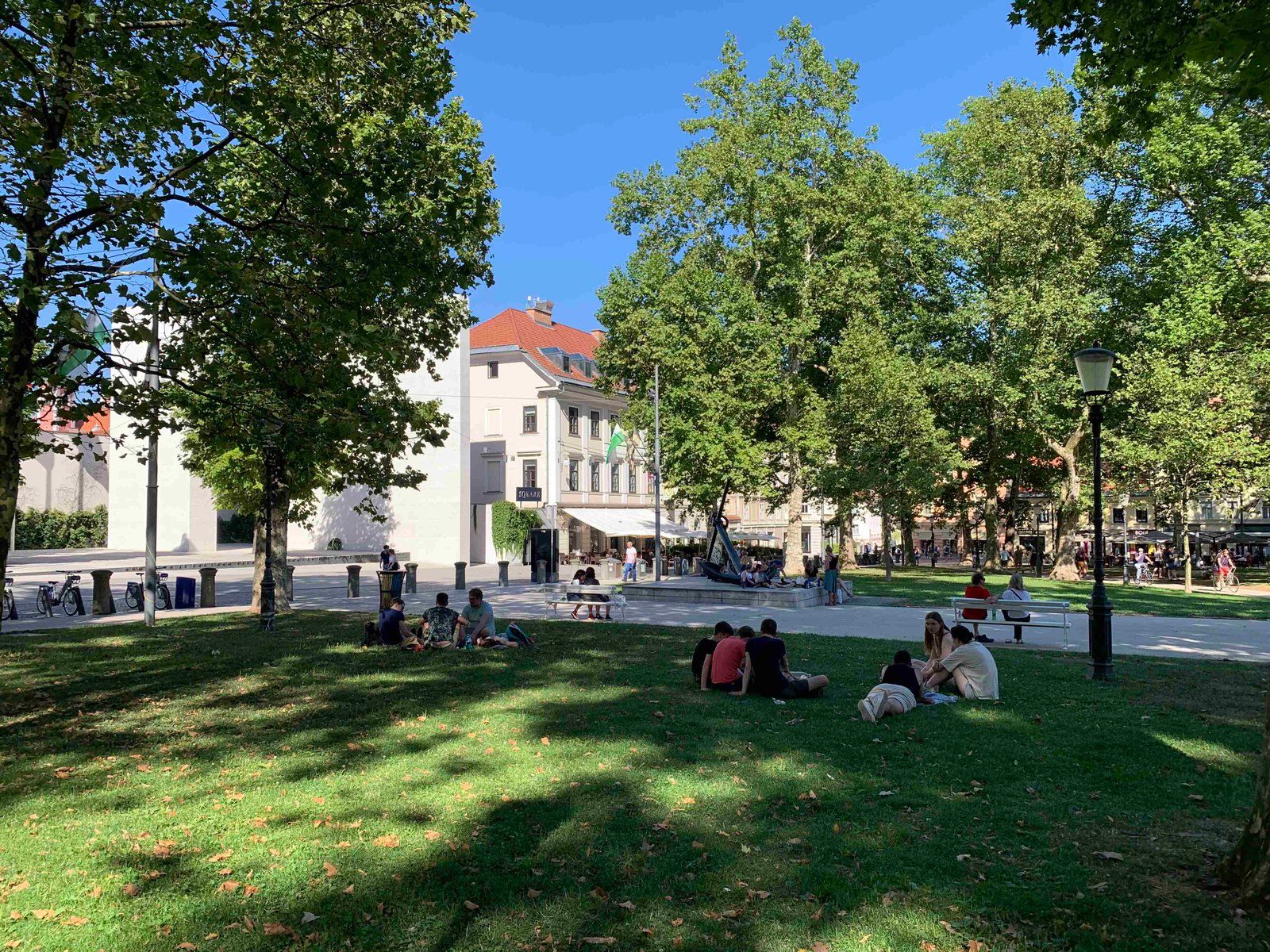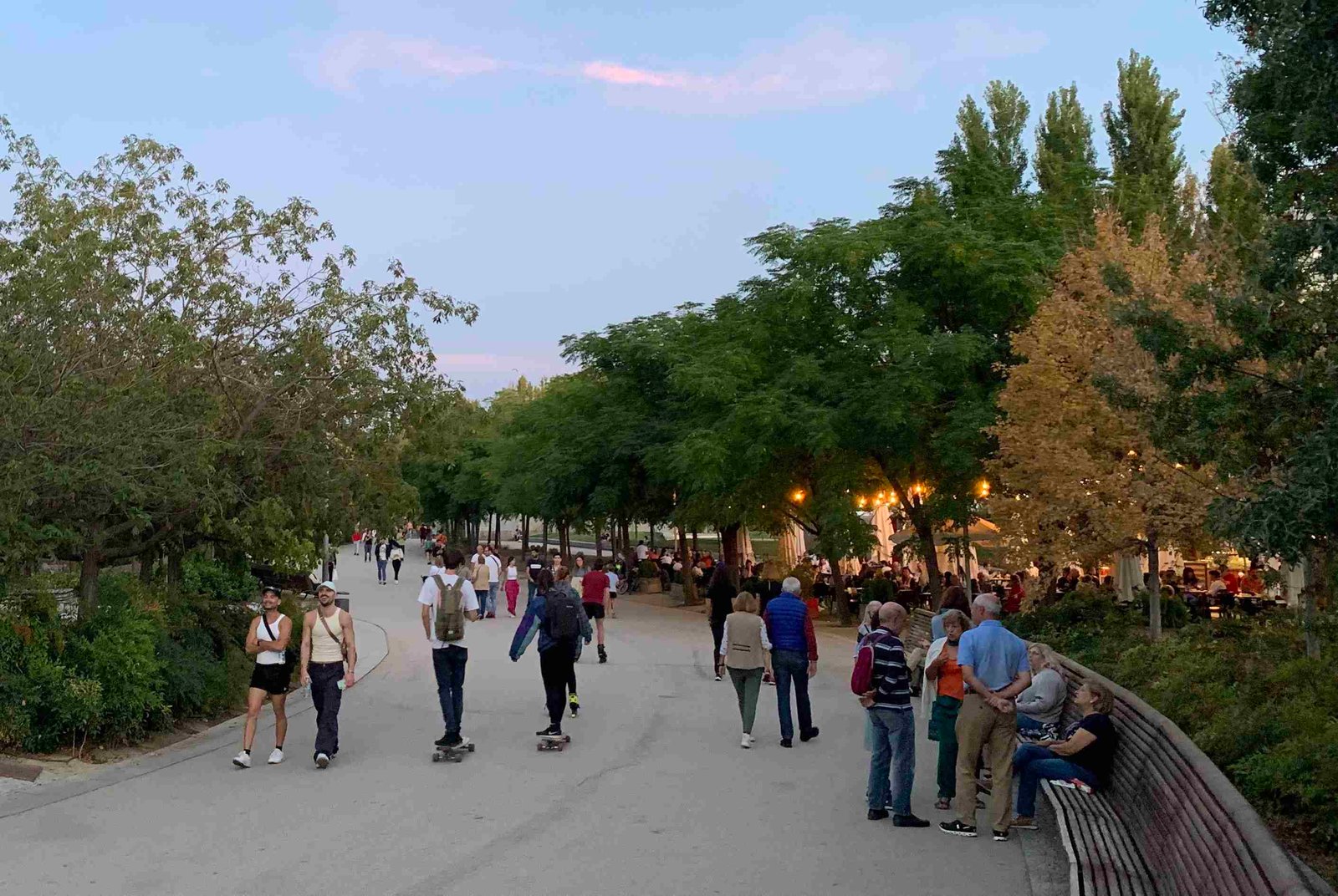21st Century Neighbourhoods
Working at a neighbourhood scale is a great way for communities to put holistic and radical change into practice.
Neighbourhoods map to the scale of community that most people identify with in their day-to-day life. This has been reinforced by the popular idea of the 15 minute city – where everyone should have access to essential urban services within a 15 minute walk or bike ride.
We often think of neighbourhoods as smaller parts of cities, but we can also think of small towns as neighbourhoods in themselves. Neighbourhoods can be defined differently in different places, and they often overlap in space and people’s minds. That’s fine, as long as we find ways that resonate with the local community imagine and describe their neighbourhood as it could be.
Working at a neighbourhood scale allows for prototyping transformative and systemic change, while keeping things tangible for citizens who live, work and play there.
We are inspired by a number of initiatives that have been targeting integrated neighbourhood-scale action over many years, especially EcoDistricts from North America. The EcoDistricts protocol and certification standard provide world-leading guidance for creating just, sustainable, and resilient neighbourhoods – as a pathway to remake cities from the ground up. We also build on learnings from work in Europe on Positive Energy Districts, Climate-KIC’s Smart Sustainable Districts programme, along with C40’s global Low Carbon Districts and Reinventing Cities programmes.
Co-creating neighbourhood-scale radical change initiatives is a task that is well aligned to the mission behind the New European Bauhaus initiative. The New European Bauhaus captures the grand challenges facing all communities in the 21st century – how to create genuinely sustainable, inclusive and beautiful places to live work and play. The challenge for cities and regions is to turn this challenge into a mission. A mission to create an integrated mosaic of 21st century neighbourhoods that all embody the core principles of the New European Bauhaus; and together result in cities and regions that are genuinely sustainable, inclusive and beautiful places – thriving communities in other words.
Neighbourhood-scale development is also closely tied to community placemaking and developing our collective civic imagination.






